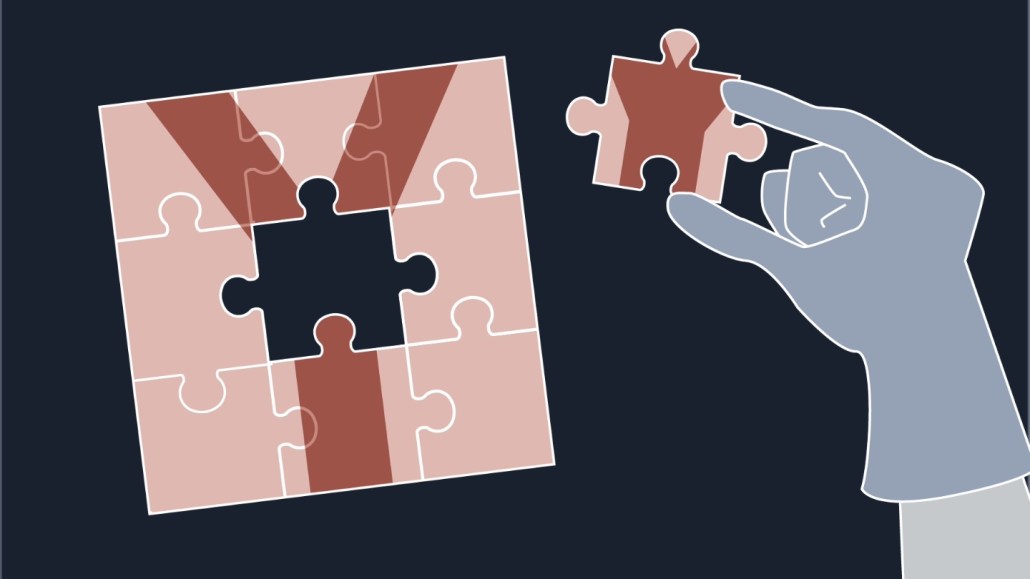
Piecing together the human Y chromosome was tricky because of lots of repetitive DNA, but researchers have finally finished the whole puzzle.
N. Hanacek/NIST
- More than 2 years ago
The human Y chromosome, responsible for determining male sex, finally has gotten an end-to-end examination.
Researchers sequenced the chromosome, which contains many genes involved in sperm production and fertility, from a male of European descent. The new telomere-to-telomere, or tip-to-tip, construction adds more than 30 million DNA bases to a previously assembled reference Y chromosome, the team reports online August 23 in Nature. It is the final piece of the human pangenome, an effort to catalog all human DNA (SN: 5/10/23).
The Y chromosome is the smallest of the human chromosomes. “In the old time, people thought that it’s just a junkyard for human genomic material, and it only serves one purpose … to determine male sex,” says Yun-Fai Chris Lau, a human geneticist at the University of California, San Francisco, who was not involved in the work. Like comedian Rodney Dangerfield, the Y chromosome gets no respect, he says.
But it’s clear that the Y does more than determining male sex, Lau says. Some males lose the Y chromosome from some of their cells. The loss puts them at risk for cancer, Alzheimer’s disease and other illnesses (SN: 10/26/14). Having a truly complete reference Y chromosome will allow researchers to better understand the role the chromosome plays in the body, he says.
Though small, the Y chromosome has intimidated many researchers because it has so many repetitive bits of DNA, says Adam Phillippy, a bioinformatics researcher at the U.S. National Human Genome Research Institute in Bethesda, Md., who led the project.
There are repeated sequences of DNA letters, or bases — the information-carrying building blocks of DNA — laid end to end and stretching for millions of bases like seemingly endless rows of identical puzzle pieces. Some parts of the chromosome have the puzzle pieces inverted. And some stretches of DNA contain palindromes; the DNA letters read the same in both directions. Then there are multiple copies of individual genes.
All that repetition makes it difficult to tell exactly where in the puzzle a particular piece goes, so scientists saved those repeating parts for last, Phillippy says. “When you’re putting your puzzle back together again you always save the repetitive bits, like the grass or the trees or the sky, for the end.”
A separate study, also published online August 23 in Nature, sequenced the entire Y chromosome from 43 people, including 21 of African descent. That study found that the male sex chromosome can vary in length from person to person by millions of DNA bases, meaning that in some people, the chromosome has extra copies of some genes or other bits of DNA. For instance, males may have between 23 to 39 copies of TSPY genes, involved in sperm production, the researchers found.
Having complete Y chromosomes from multiple people helped Phillippy and colleagues clear up a mystery. The old reference chromosome had the TSPY2 gene located near one tip of the chromosome. But the telomere-to-telomere version showed it close to the centromere — the pinched-in part of the chromosome — and backward compared with the reference.
“We confirmed that it was correct in our assembly, so then we were just assuming that it was an error in the old assembly,” Phillippy says. But the second study showed that both versions were right. TSPY2 has jumped around on the chromosome. Some people have it at one location, while others have it at the other.
Having multiple copies of TSPY genes, and the varying location of TSPY2, may affect the genes’ activity and effect on sperm production, Lau says. Some previous studies have hinted that varying numbers of copies may affect fertility, while other studies have found no relationship. The more precise information from the new studies may help settle the debate, or at least give researchers more clues about how the genes influence sperm production, he says.
The new research may help scientists learn more about the evolution of the Y chromosome, Phillippy says. And eventually, studying its genes and their variants may lead to a better understanding of fertility and treatments for infertility, he says, but such medical applications are probably years away.






